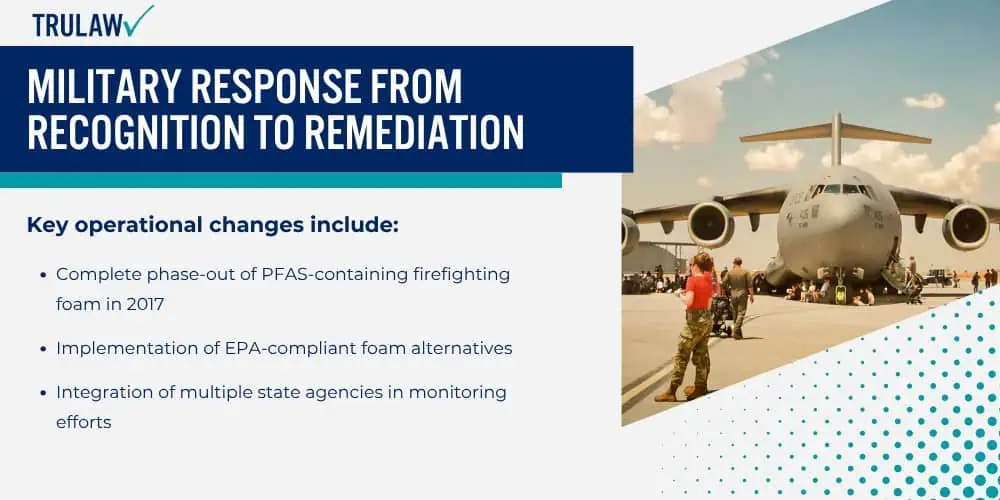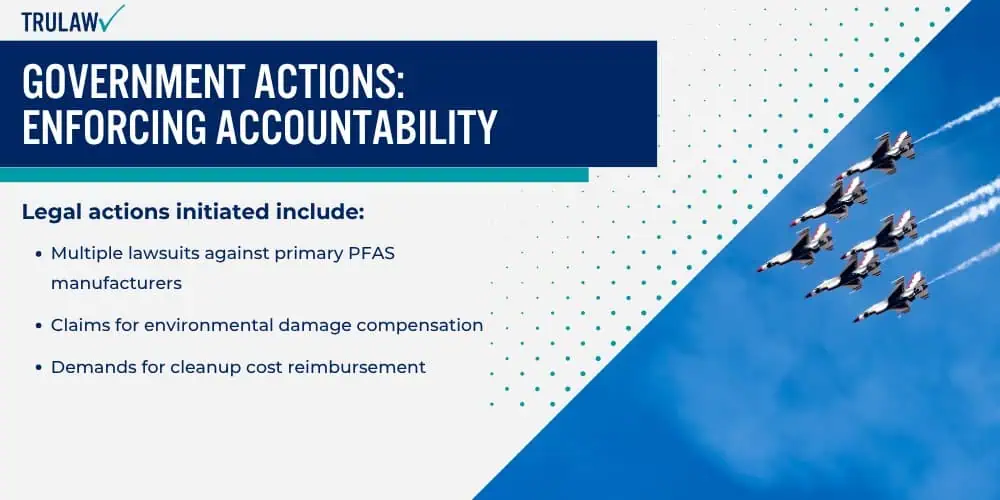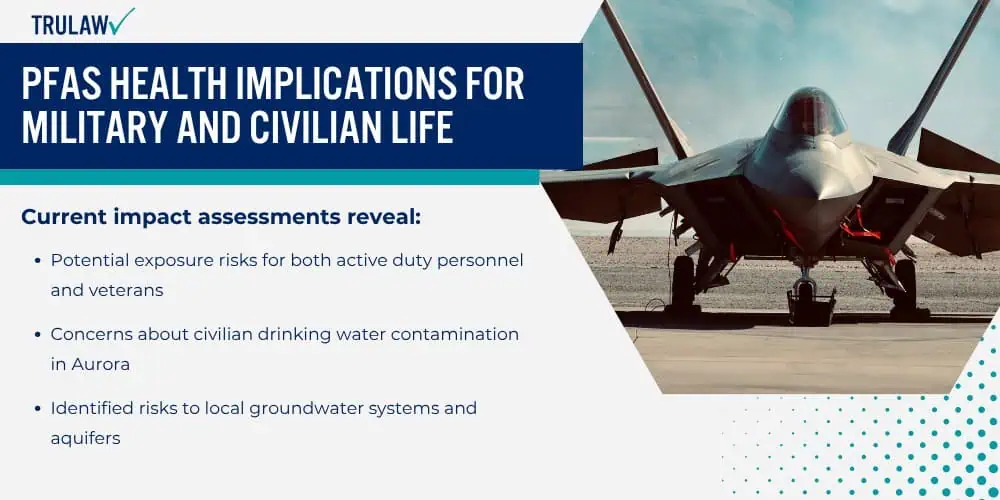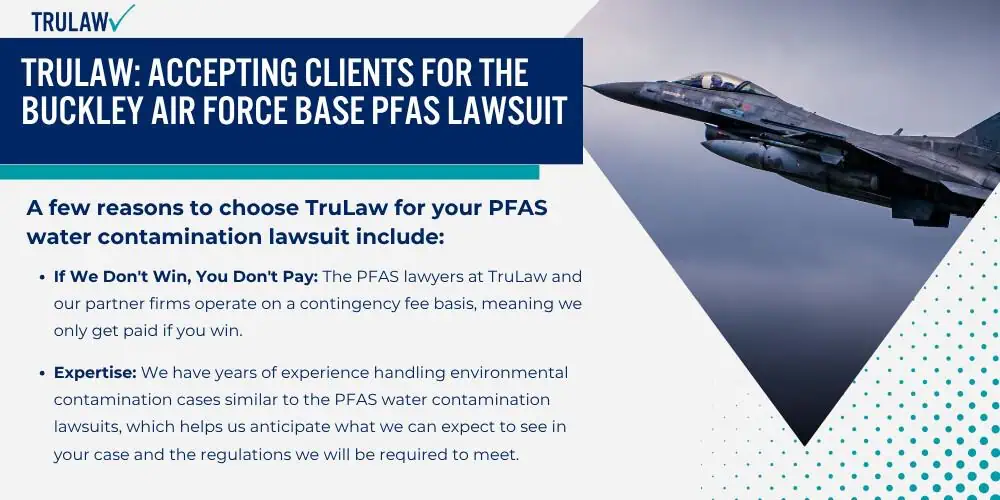Military personnel at Buckley Air Force Base’s response to PFAS contamination represents a significant shift in military environmental policy and practice.
The base has moved from decades of unknowing contamination through firefighting foam use to implementing active measures to prevent further environmental damage.

This transition, while important, has revealed the complex challenges of addressing long-term environmental contamination at military installations.
Timeline of Operational Changes Since 2017
The year 2017 marked a turning point in Buckley Air Force Base’s approach to PFAS contamination.
The base’s decision to phase out PFAS-containing firefighting foam aligned with growing awareness of these chemicals’ environmental impacts and reflected a broader shift in military environmental policy.
Key operational changes include:
- Complete phase-out of PFAS-containing firefighting foam in 2017
- Implementation of EPA-compliant foam alternatives
- Integration of multiple state agencies in monitoring efforts
These changes demonstrate a significant commitment to environmental stewardship, though they come after decades of contamination had already occurred.
The involvement of state agencies provides additional oversight and expertise to the base’s environmental management efforts.
Current Challenges in Base-wide Cleanup Efforts
The path to full remediation at Buckley AFB continues to present unique challenges as the process continues.
Despite recognition of the problem and initial steps toward mitigation, the base faces significant obstacles in implementing comprehensive cleanup solutions.
Major cleanup challenges involve:
- Limited funding allocation for full-scale remediation
- Technical difficulties in PFAS removal from soil and groundwater
- Coordination between multiple federal and state agencies, including the Environmental Protection Agency, which sets regulations and standards for PFAS levels in drinking water and influences cleanup efforts at military installations
While the base has taken important first steps in addressing PFAS contamination, the long-term nature of these “forever chemicals” and the scale of the affected area continues to pose significant challenges for complete environmental restoration.






